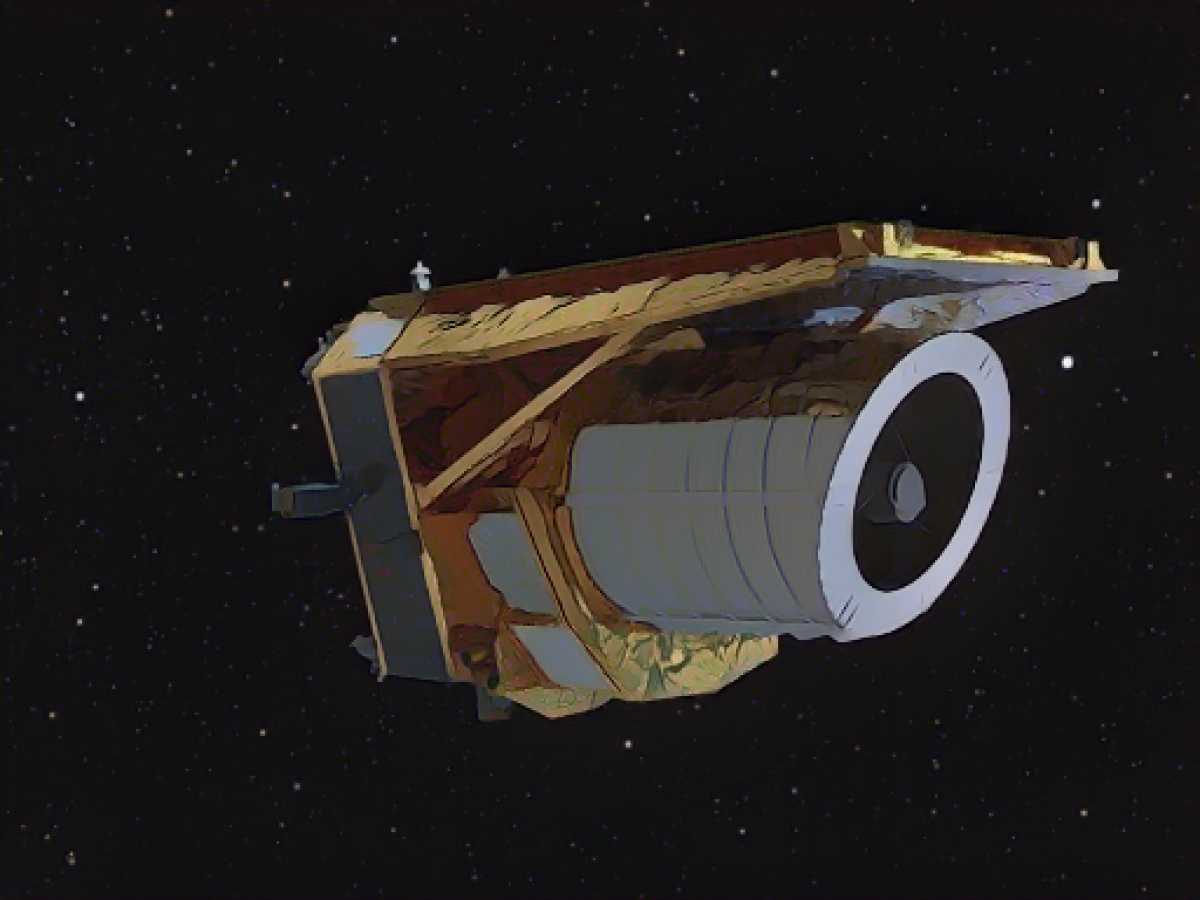Esa shows "Euclid" images: "Revolution for astronomy"
The first images from the European probe "Euclid" provide a detailed insight into space. "Never before has a telescope been able to take such razor-sharp astronomical images of such a large part of the sky and look so far into the distant universe," the European Space Agency Esa announced on Tuesday. The first images of the probe were shown at the European Space Operations Center in Darmstadt and at the Space Summit in Seville. It is intended to collect data on billions of galaxies, including for research into dark matter and dark energy.
The images show the Perseus cluster in the constellation Perseus, for example. According to Esa, the image is a "revolution for astronomy". It shows 1000 galaxies in the cluster and more than 100,000 more distant galaxies in the background. Many of these pale galaxies had not been seen before. Euclid also captured an image of the famous Horsehead Nebula.
"We have never seen such astronomical images with so much detail," said Esa, quoting "Euclid" scientist René Laureijs. "They are even more beautiful and sharper than we could have hoped for and show us many previously invisible elements in well-known areas of the nearby universe."
The "Euclid" probe was launched into space at the beginning of July. At its heart is a high-resolution telescope equipped with two cameras - one for the visible wavelength range and one for the near-infrared range. They are intended to image the movements and shapes of galaxies and help to deduce the distance between galaxies.
Esa wants to take a look into the past of the universe and explore its development over the last ten billion years. The aim is to collect data on billions of galaxies and create a 3D map of the universe with time as a component.
"These exquisite Euclid images show that the mission is ready to help provide answers to one of the greatest mysteries of modern physics," said Esa Science Director Carole Mundell.
Dark matter and dark energy together form an extremely large part of the universe. All other known components, such as galaxies, only make up around five percent. So far, however, researchers know very little about these two quantities. According to Esa, "Euclid" will record the shape, position and movement of the galaxies in detail. This could provide information on how matter in space is distributed over vast distances and how the expansion of the universe has developed over the course of cosmic history. From this, the astronomers hope to be able to deduce the properties of dark energy and dark matter.
The advancements in space travel enabled the launch of the "Euclid" probe, a significant leap in science and astronomy. These breakthroughs in space technology allow us to collect data on distant galaxies, contributing to research on dark matter and dark energy.
The success of "Euclid" in capturing detailed astronomical images, such as the Perseus cluster and the Horsehead Nebula, is a testament to the revolutionary potential of space travel in astronomy.
Source: www.dpa.com








